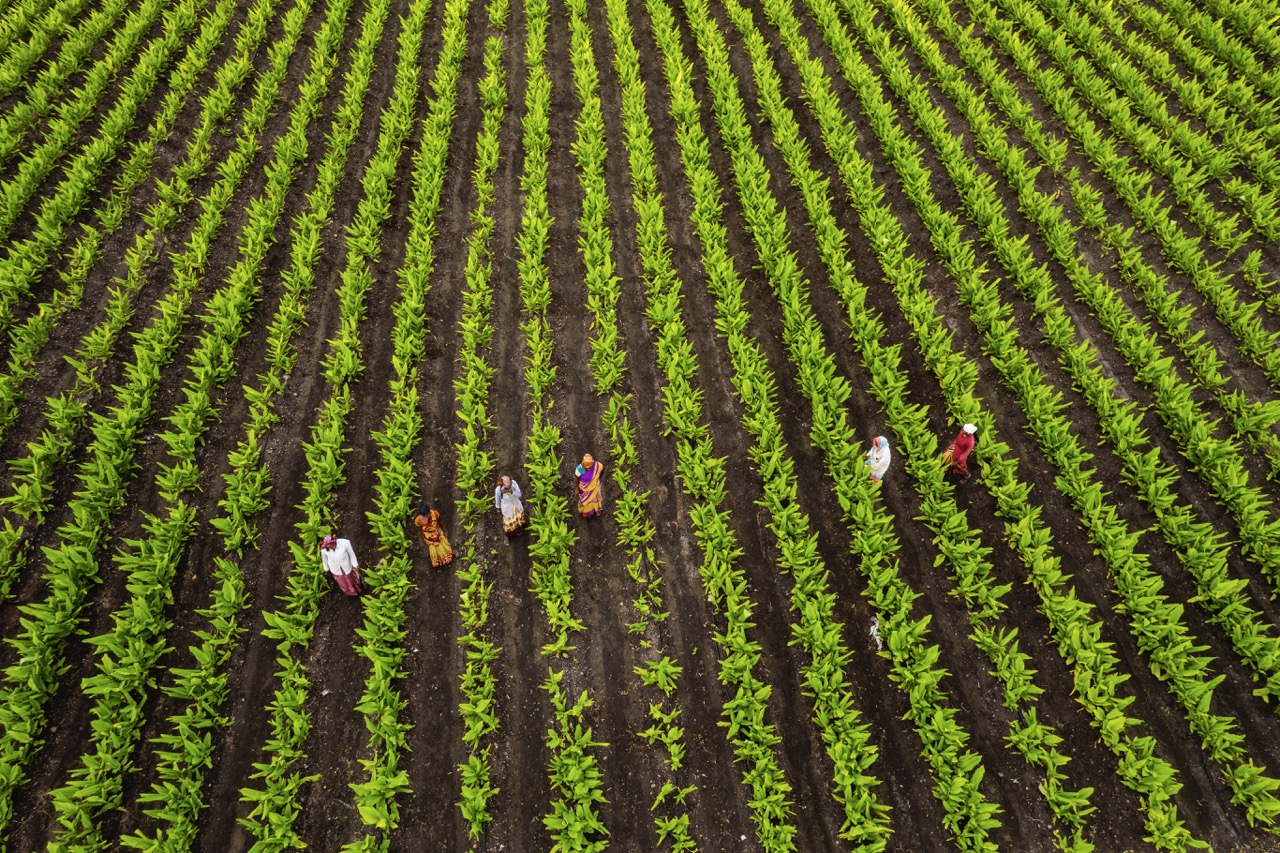In an era marked by increasing environmental concerns and the need for food security, sustainable agricultural practices have gained prominence. One innovative approach to promoting sustainability is the concept of crop sharing, which emphasizes collaboration between farmers and communities to optimize resource use while minimizing ecological impact. This article explores the fundamental aspects of creating a sustainable crop sharing system, offering insights into its significance, key design principles, effective implementation strategies, and the necessity of ongoing evaluation and adaptation.
Understanding the Importance of Sustainable Crop Sharing
Sustainable crop sharing is a collaborative agricultural practice that encourages resource optimization and equitable distribution of produce. This model not only fosters community ties but also promotes biodiversity and soil health, crucial for long-term agricultural viability. By pooling resources, farmers can share knowledge, labor, and equipment, thus reducing costs and enhancing productivity. This collaborative spirit can also lead to the creation of local markets, where fresh, sustainably grown produce can thrive, bolstering local economies.
Moreover, sustainable crop sharing contributes to food security in a time when climate change poses unprecedented challenges to traditional farming methods. By diversifying crops and sharing yields, communities can better withstand the shocks of adverse weather, pests, and diseases. This resilience is particularly essential in regions vulnerable to food scarcity. In essence, sustainable crop sharing not only addresses immediate agricultural needs but also paves the way for a more stable food future.
Finally, sustainable crop sharing models align with global sustainability goals, such as the United Nations Sustainable Development Goals (SDGs). By emphasizing social equity, environmental stewardship, and economic viability, these systems can play a significant role in combating hunger and promoting sustainable agriculture. As consumers become more conscientious about their food sources, a well-structured crop sharing system can enhance market appeal and foster community engagement in sustainable practices.
Key Principles for Designing a Crop Sharing System
To create an effective sustainable crop sharing system, several key principles should be considered. First, it is essential to establish clear communication among stakeholders. Transparency regarding goals, responsibilities, and expectations is vital for building trust and ensuring successful collaboration. Regular meetings and updates can facilitate open dialogue, allowing all parties to voice concerns and contribute ideas.
Second, the system must prioritize diversity, not just in crops but also in the types of farmers involved. Including various producers—smallholders, organic farmers, and even urban gardeners—can enrich the system and create a more robust food network. This diversity can also enhance resilience against pests and diseases, as varied crops can mitigate the risk of total failure. Additionally, embracing diverse agricultural practices can lead to innovative solutions and shared learning experiences among farmers.
Lastly, a sustainable crop sharing system should incorporate equitable resource allocation mechanisms. This includes considerations for land access, labor contributions, and distribution of yields. Developing a system that fairly compensates all participants fosters a sense of ownership and commitment, which is crucial for the long-term success of the initiative. Establishing clear guidelines for these processes can prevent conflicts and ensure that all contributors benefit from the shared endeavor.
Implementing Effective Practices for Crop Sharing Success
When implementing a sustainable crop sharing system, adopting effective practices is essential for success. Initiating pilot projects can serve as a testing ground for ideas and practices before scaling up. These small-scale trials allow participants to gauge the feasibility of crop sharing arrangements while minimizing risks. Feedback from these projects can help refine practices and establish best approaches suited to local conditions.
Education and training play vital roles in the success of crop sharing systems. Workshops and training sessions can equip farmers with skills in sustainable practices, crop management, and cooperative governance. Knowledge sharing can also extend to crop planning and resource management, ensuring that all participants are well-informed about best practices. Encouraging participants to share their experiences and lessons learned fosters a culture of continuous improvement and innovation.
Furthermore, leveraging technology can enhance the efficiency and effectiveness of crop sharing systems. Online platforms can facilitate communication, planning, and logistics, making it easier to coordinate planting schedules, share resources, and manage inventories. Utilizing data analytics can help farmers make informed decisions regarding crop selection and resource allocation, thereby optimizing yields and minimizing waste. By embracing technology, sustainable crop sharing systems can become more resilient and adaptable to changing circumstances.
Evaluating and Adapting Your Crop Sharing Model Over Time
Ongoing evaluation is crucial for the sustainability and success of a crop sharing system. Regular assessments can help identify strengths, weaknesses, and opportunities for improvement. Setting clear metrics—such as yield comparisons, resource usage efficiency, and participant satisfaction—can provide valuable insights into the system’s performance. Gathering and analyzing this data can inform decision-making and help refine practices to better meet the needs of all stakeholders.
Adaptability is another cornerstone of a successful crop sharing system. As environmental conditions, market demands, and community needs evolve, so too must the practices and structures in place. Encouraging a culture of flexibility among participants can lead to innovative solutions and ensure that the system remains relevant and effective. This may involve revisiting crop selections, reassessing partnerships, or incorporating new technologies that enhance production and sustainability.
Finally, fostering a sense of community ownership is essential for the longevity of a crop sharing system. Engaging participants in the decision-making processes and encouraging them to take an active role in governance can strengthen commitment and investment in the system. Celebrating successes and acknowledging contributions collectively can enhance morale and motivate continued participation. By creating a vibrant and engaged community, sustainable crop sharing systems can thrive and adapt over time.
In conclusion, creating a sustainable crop sharing system requires careful consideration of various factors, including stakeholder engagement, diversity, and equitable resource allocation. By implementing effective practices, leveraging technology, and fostering a culture of ongoing evaluation and adaptability, communities can develop resilient agricultural practices that promote sustainability and food security. As the world faces mounting environmental and social challenges, embracing innovative solutions like crop sharing will be essential to achieving a sustainable agricultural future.










